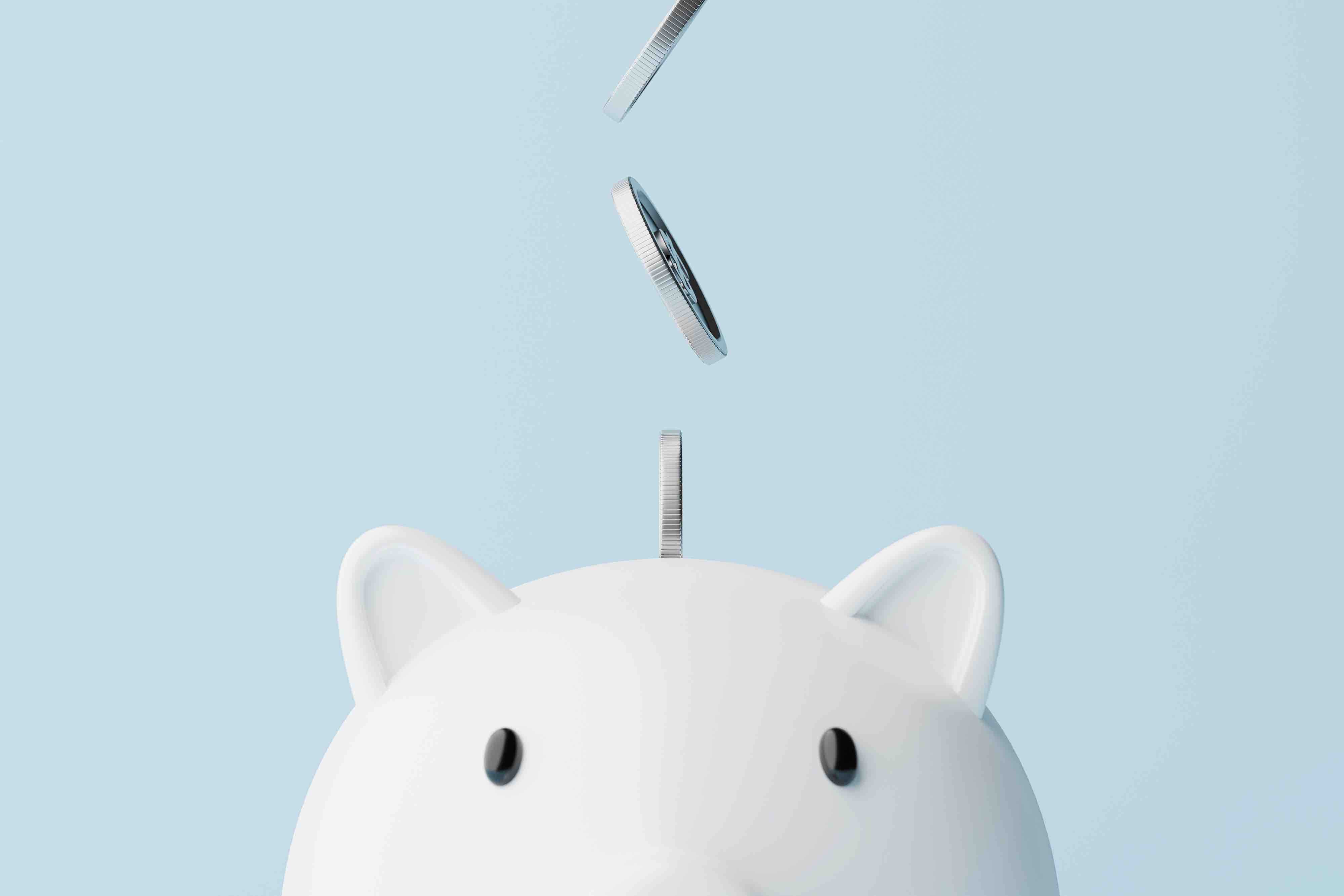How to Evaluate a Personal Loan Offer
If you’re shopping around for a personal loan, you may be wondering how to evaluate a personal loan offer. What do certain terms mean? How can you compare loan offers to make sure you’re getting the best deal possible?
Let’s take a look at the different elements of a personal loan offer and define what they mean, so that you can make a more confident decision about taking out a personal loan.

Elements of a Personal Loan Offer
While it may seem like it simply “is what it is,” the typical loan offer actually contains a few variables. If you get multiple personal loan quotes, you may notice that the various components of each one vary from lender to lender.
“Make sure to take some time to read all of the terms and conditions. Each lender will have different terms and you need to understand them,” writes Grayson Bell at Debt Roundup. Here are the major elements you should pay attention to when evaluating your loan.
Interest rate
The loan’s interest rate tells you how much interest you’ll pay the lender during a specific time period as a percentage of the principal amount outstanding in exchange for borrowing money. However, the interest rate does not take any loan fees into account (unlike APR, below).
Why it matters: Your interest rate may be fixed or variable. A fixed interest rate doesn’t change over the life of the loan, whereas a variable rate could change if the benchmark interest rate changes.
Annual percentage rate (APR)
APR is the total cost you pay each year to borrow money, including fees, expressed as a percentage.
Why it matters: The APR of your loan is the best gauge of how much you’ll spend repaying the loan, and it’s a better way than interest rate to compare apples to apples when assessing multiple loan offers. For example, if one personal loan has no fees but a higher interest rate, and another loan has some fees but a lower interest rate, comparing Annual Percentage Rates (APRs) should help you solve the mystery of which loan is less expensive.
Term
The term of your loan is the length of time you’ll be given to repay your loan. In general, most personal loans offer terms between one and eight years, although there are exceptions on the shorter or longer sides.
Why it matters: The shorter the repayment period, the higher your monthly payments will usually be. However, you’ll also pay off your loan faster and usually save on interest, to boot.
Monthly payments
The monthly payment is the amount you must pay the lender each month. Part of your monthly payment will go toward principal, or the remaining amount you owe on the loan, and the rest will go toward interest and any fees you may have incurred.
Why it matters: Fixed interest rate loans sometimes come with higher monthly payments than variable rate loans, however, the payment amount won’t change so you know how much you need to budget each month. Also, you won’t have to worry about rising interest rates increasing your payments like you would with a variable rate loan.
Amount of loan
The amount of the loan is simply the amount you’re borrowing. However, some loans have origination fees, which reduce the actual amount of cash you receive when the loan is processed. For this reason, the amount of the loan and the amount of cash you receive could be different.
Why it matters: Even if you can’t get the full amount you requested, a smaller personal loan could help you achieve part of your goal. This is especially true if you’re trying to pay off high-interest rate credit card debt. A personal loan could be the first step in paying more than the minimum monthly payment, which can help you save money and get out of the revolving debt cycle quicker.
Fees
Depending on the lender, there may be additional fees to consider, including things like origination fees, application fees and prepayment fees.
Why it matters: Lenders may charge you fees that can add to the cost of your loan, so read the fine print to see if your loan is subject to any of these. If you’re still not sure, call the lender to get clarification before you take out a loan.
How to Evaluate Personal Loan Offers
The first thing to consider when evaluating a loan offer is whether it will work for your particular situation. Here are a few questions to ask to start narrowing down your offers:
- Will the amount of the loan cover your needs?
- Can it at least give you a head start on obtaining your goals, like paying off high interest credit cards?
- Can you comfortably make the monthly payments?
- What is most important to you – lower total cost or lower monthly payments?
When lower total cost is your goal . . .
If the loans all have the same repayment term and amount, you can make a more apples-to-apples comparison about total cost. Look at APR instead of interest rate, since APR will include fees. The loan with the lower APR should be the less expensive one, if all else is equal.
When lower monthly payment is your goal . . .
Sometimes a loan with higher fees and a higher APR may have a more manageable monthly payment – typically because the loan term is longer. Depending on your cash flow situation, you may decide to take the lower monthly payment in exchange for paying more interest over time.
Get a Personal Loan Offer Today
Now that you know how to evaluate a personal loan offer, you can get started by checking what rate you qualify for with Upgrade. Checking your rate won’t affect your credit score, and if you choose to move forward, you’ll get a decision in seconds.


